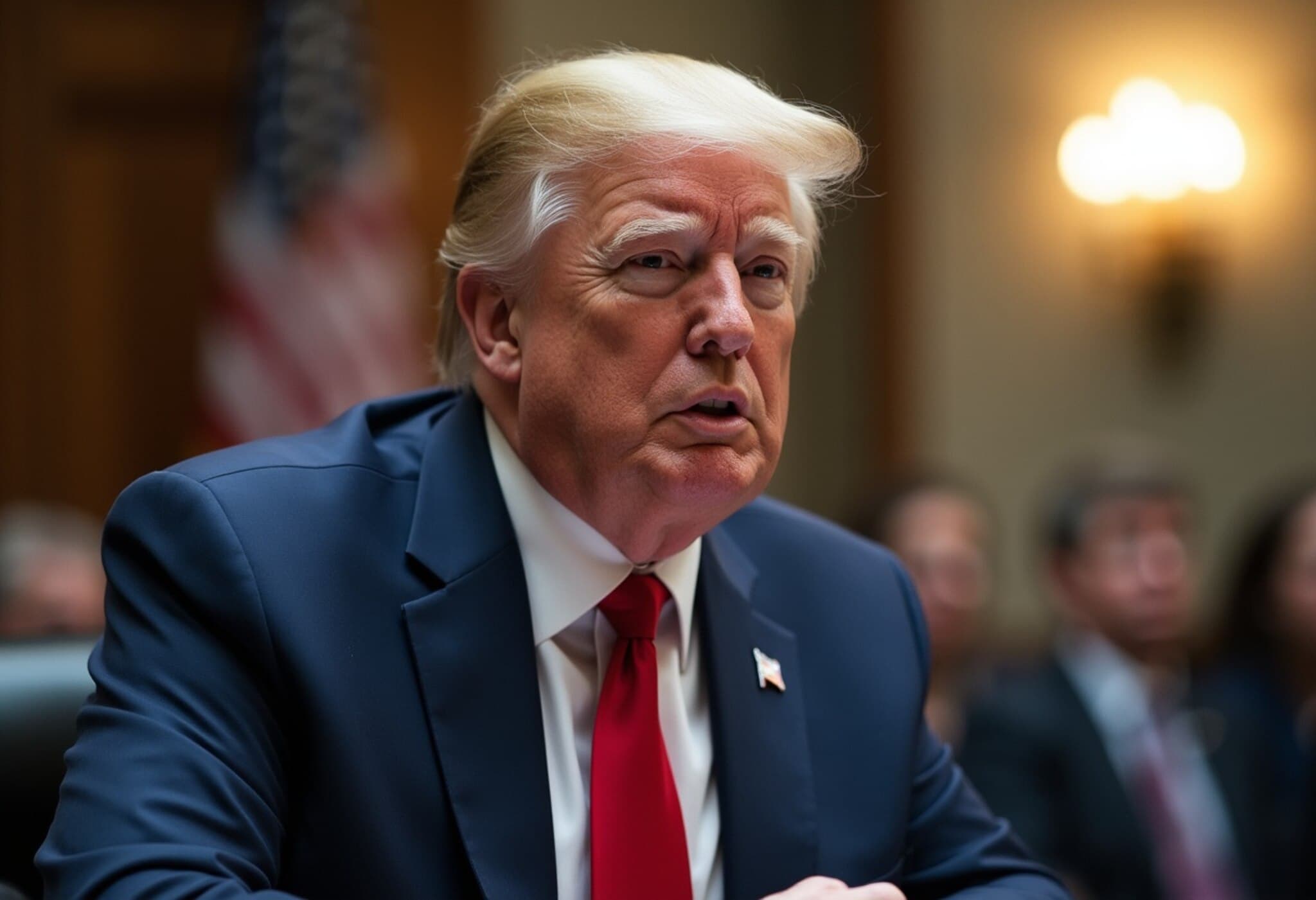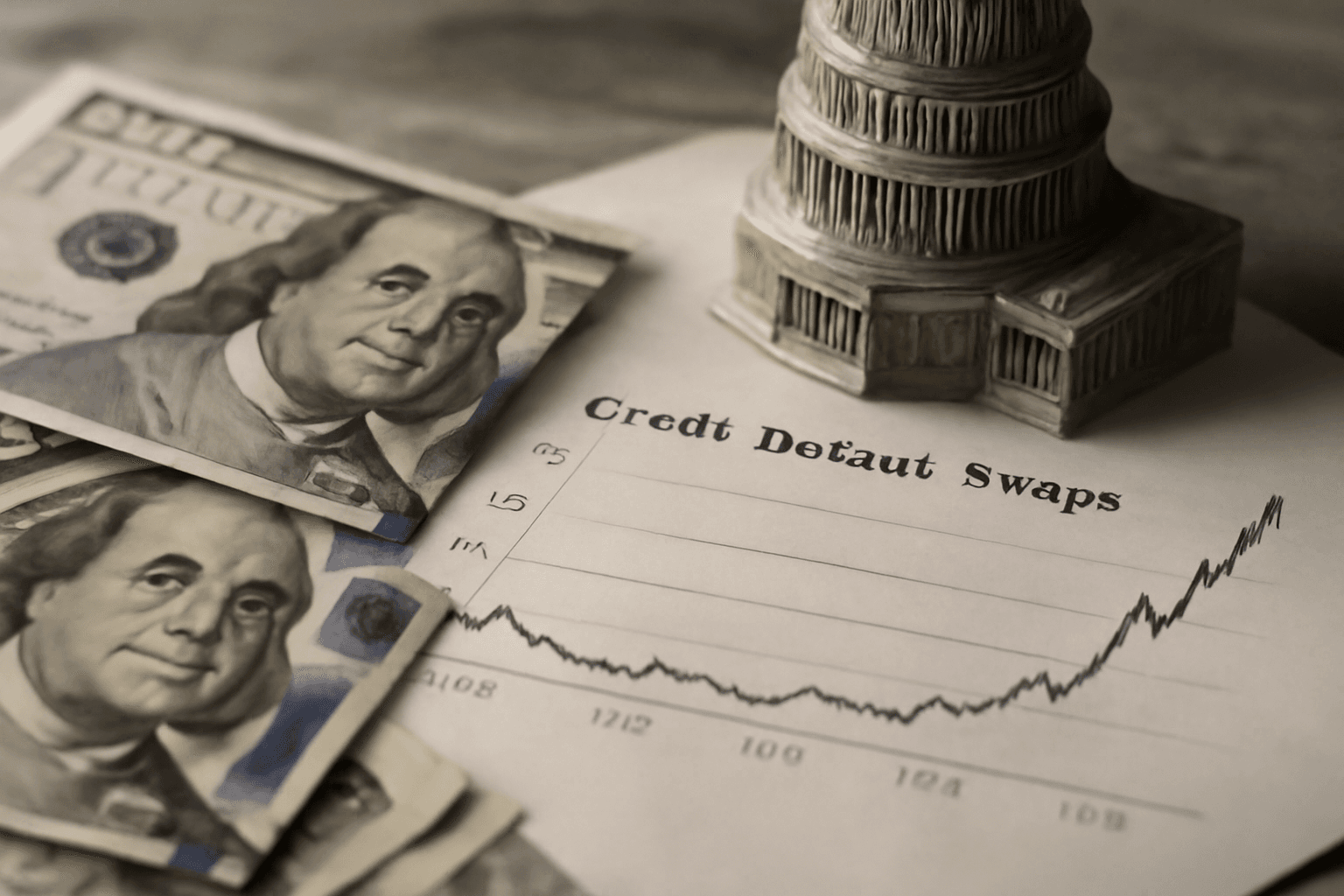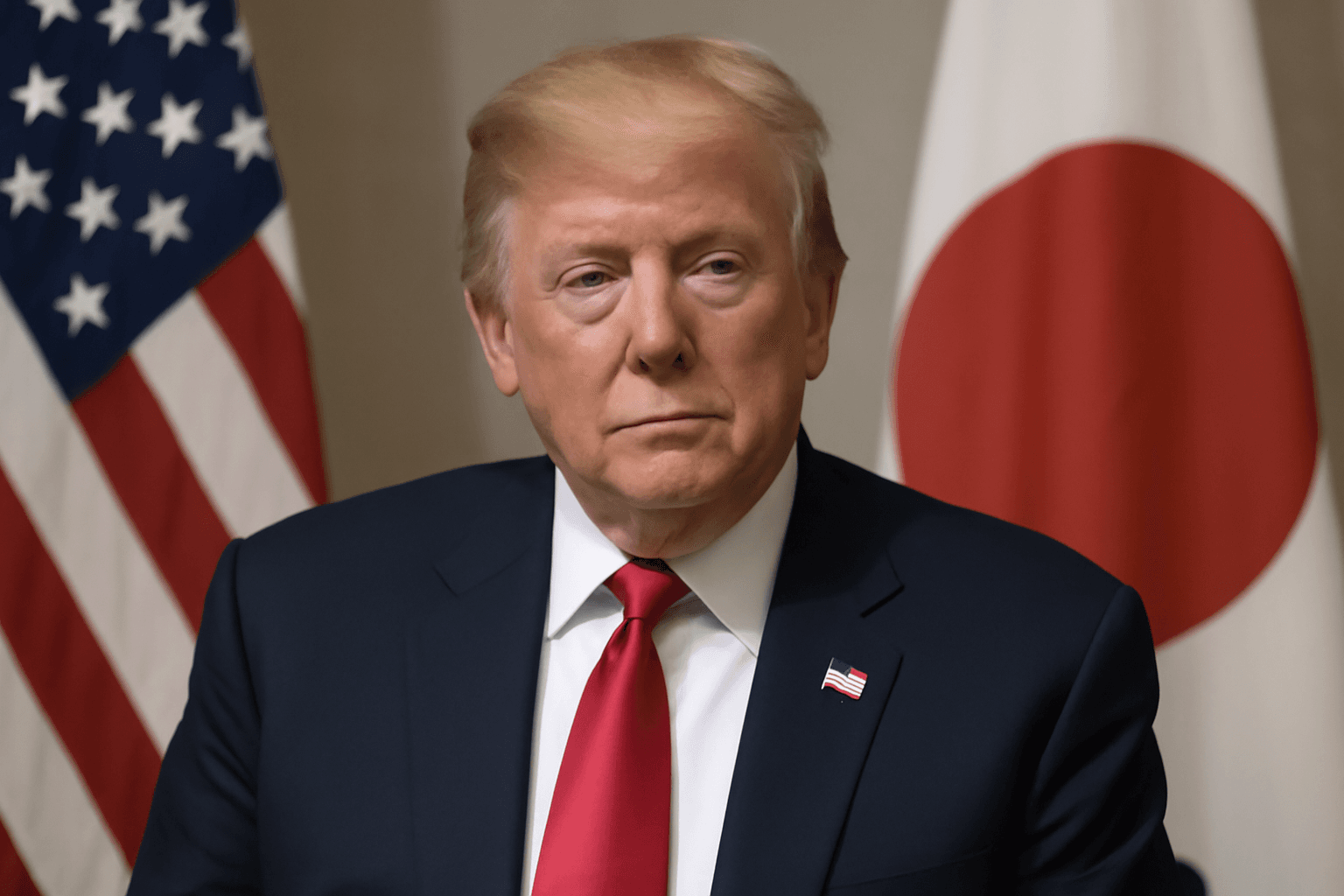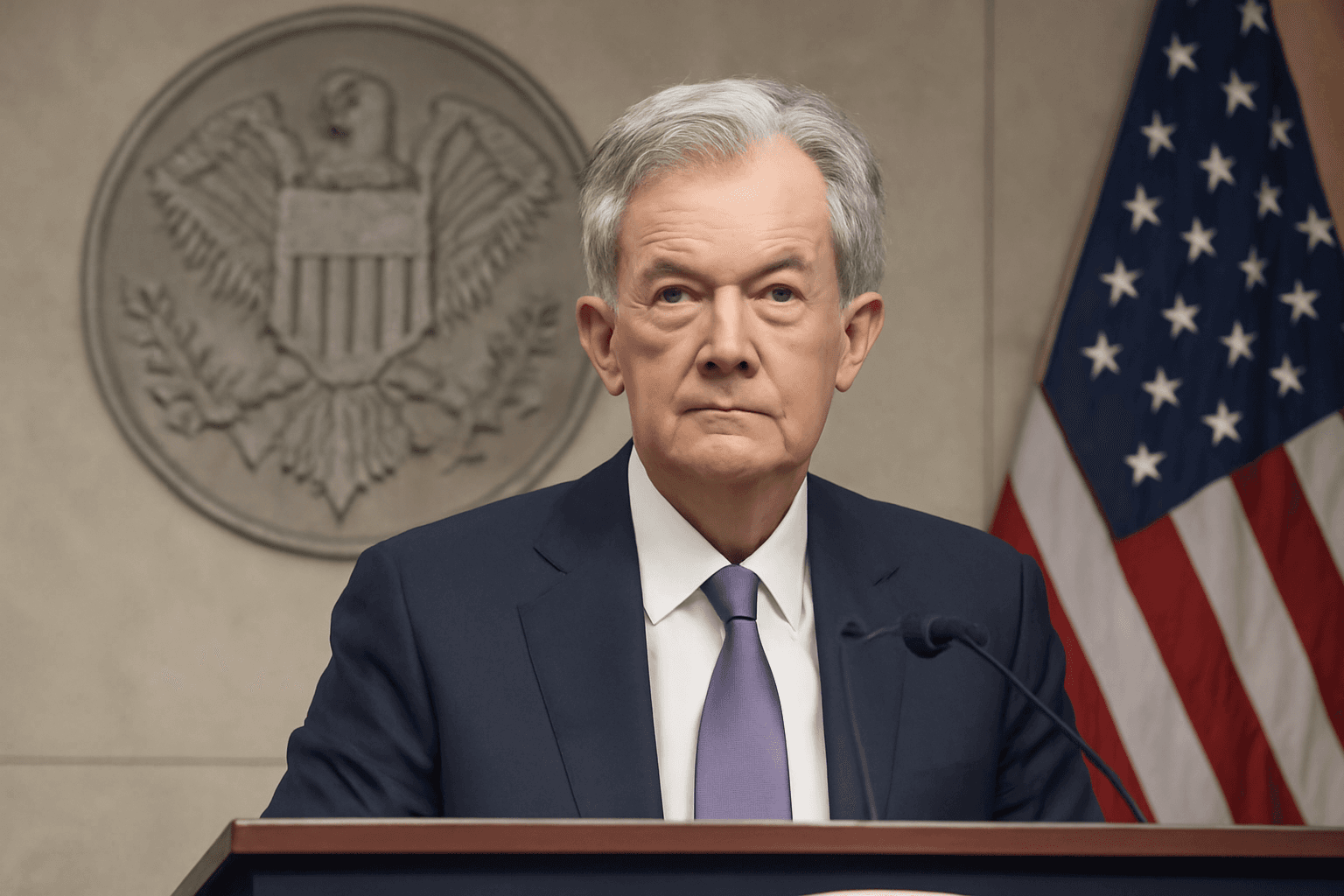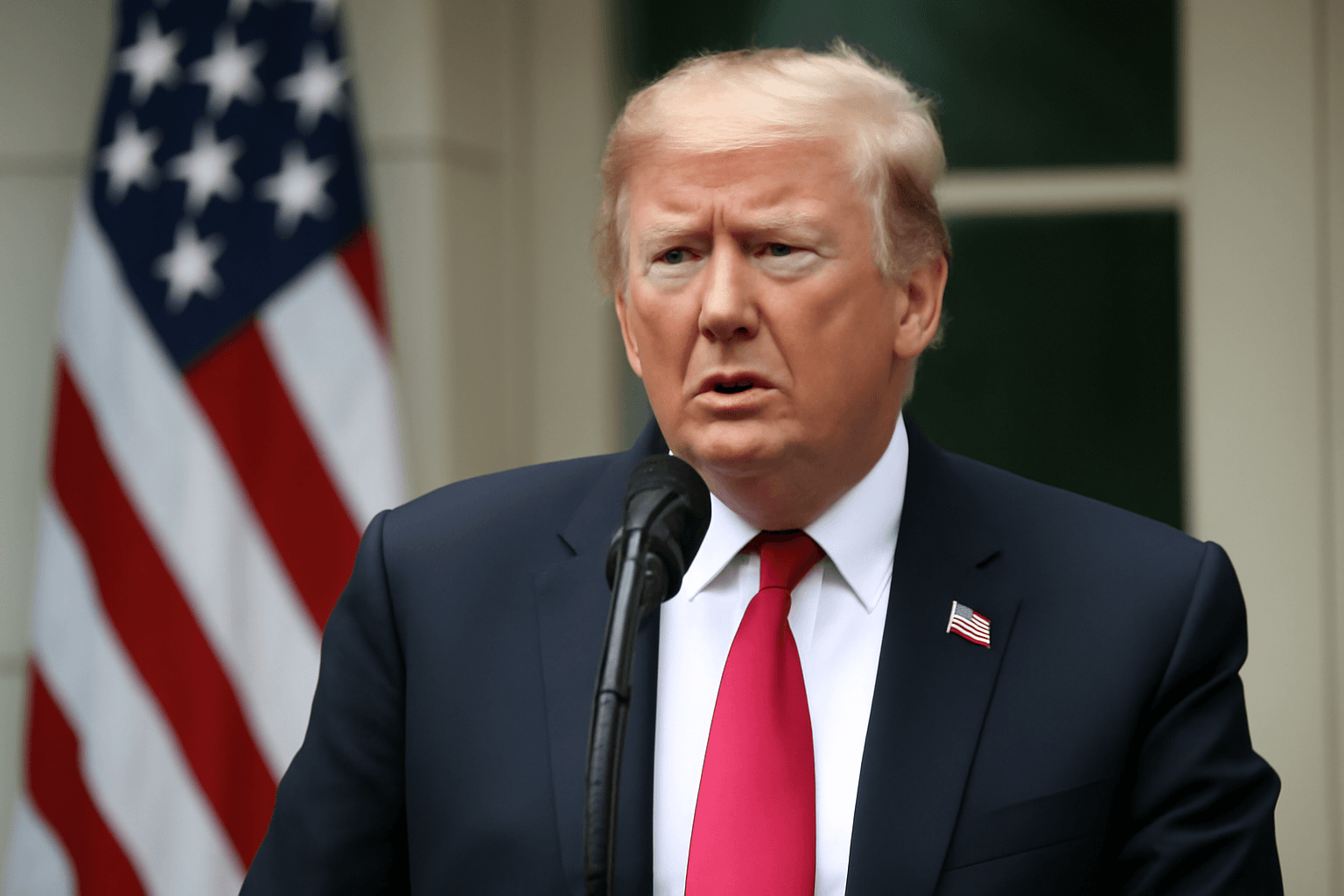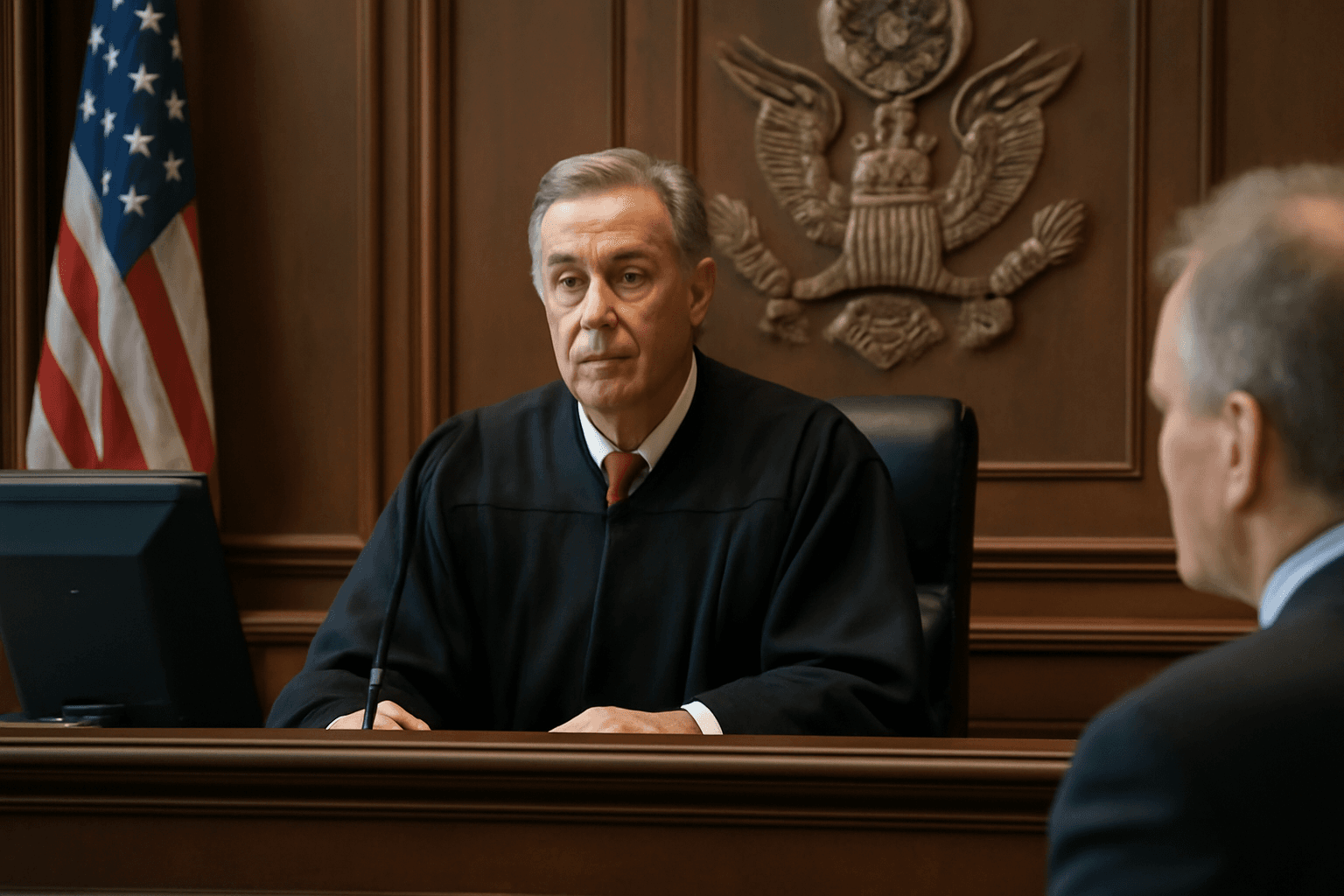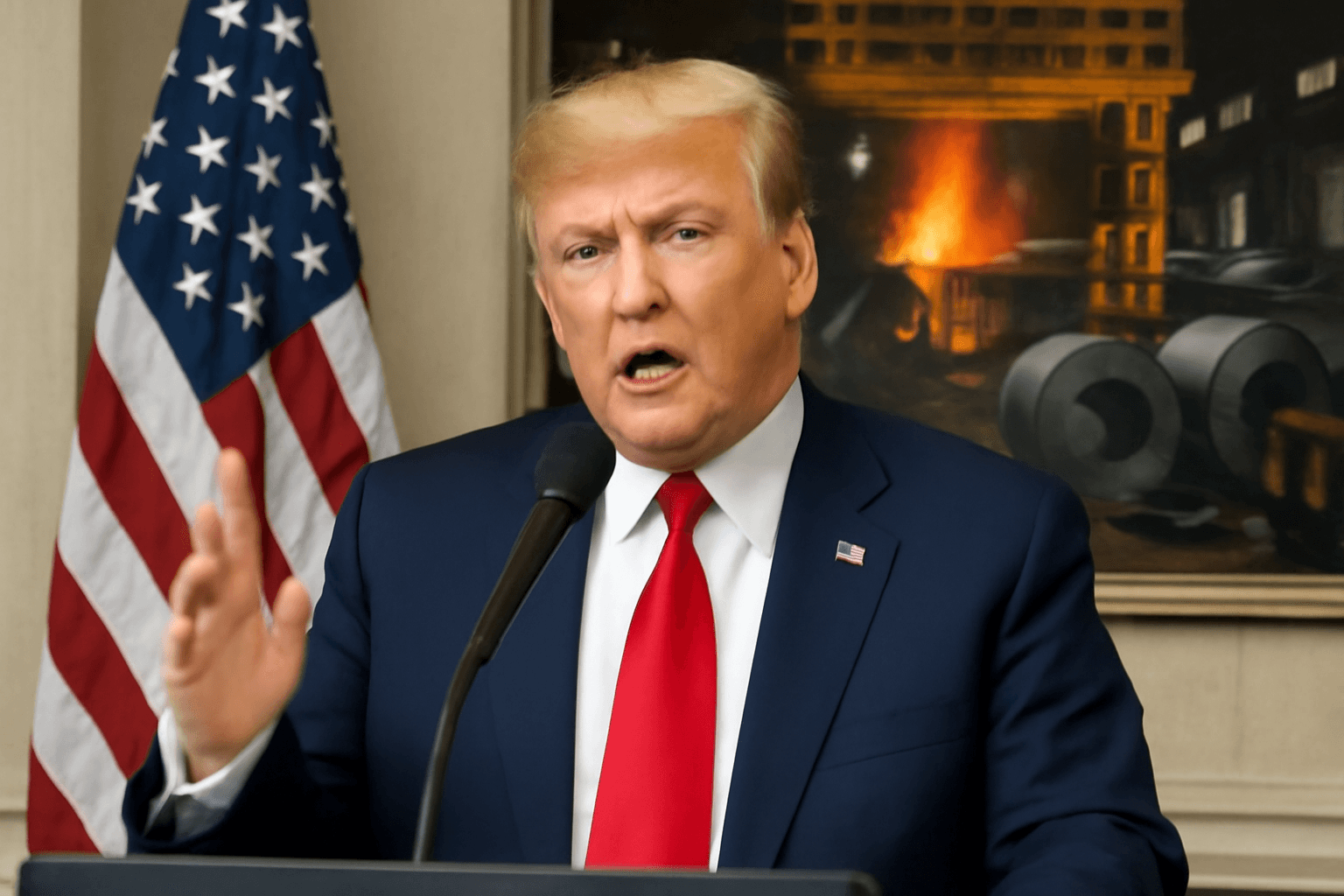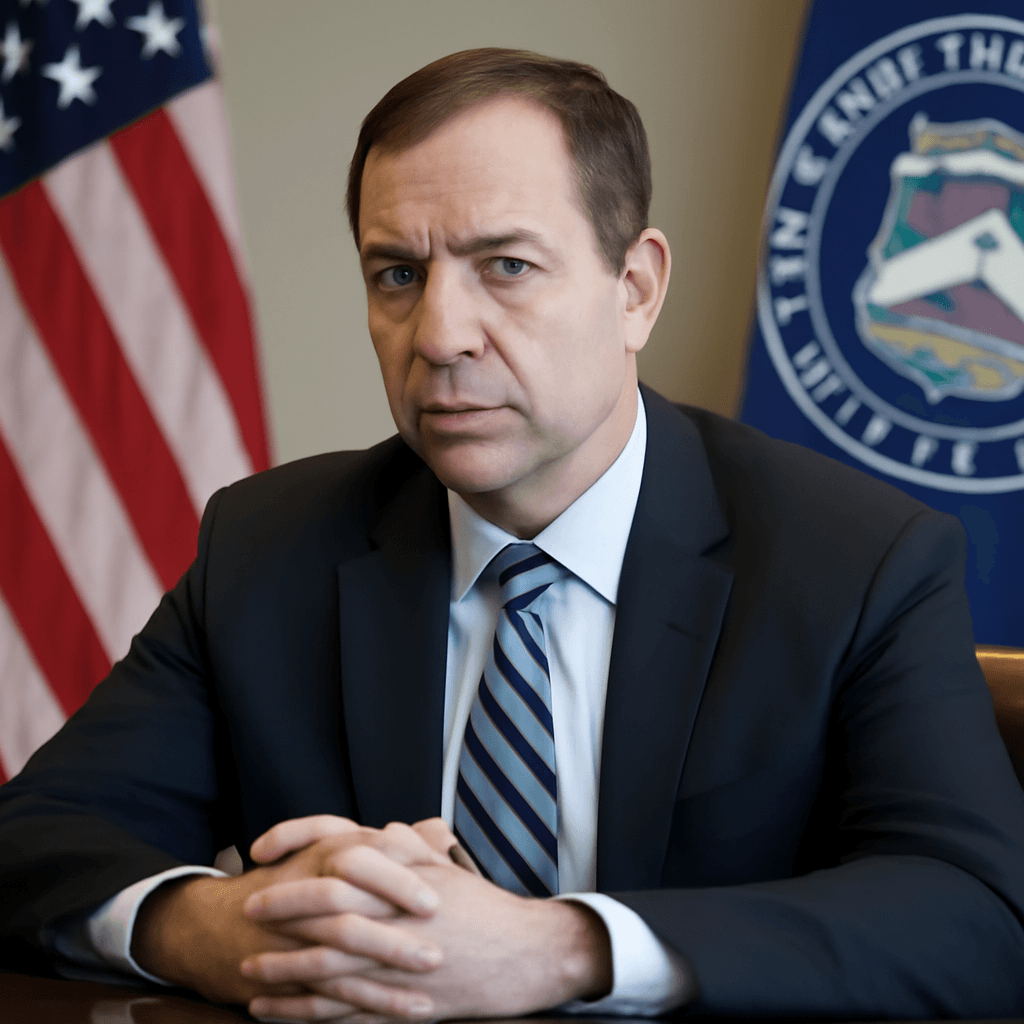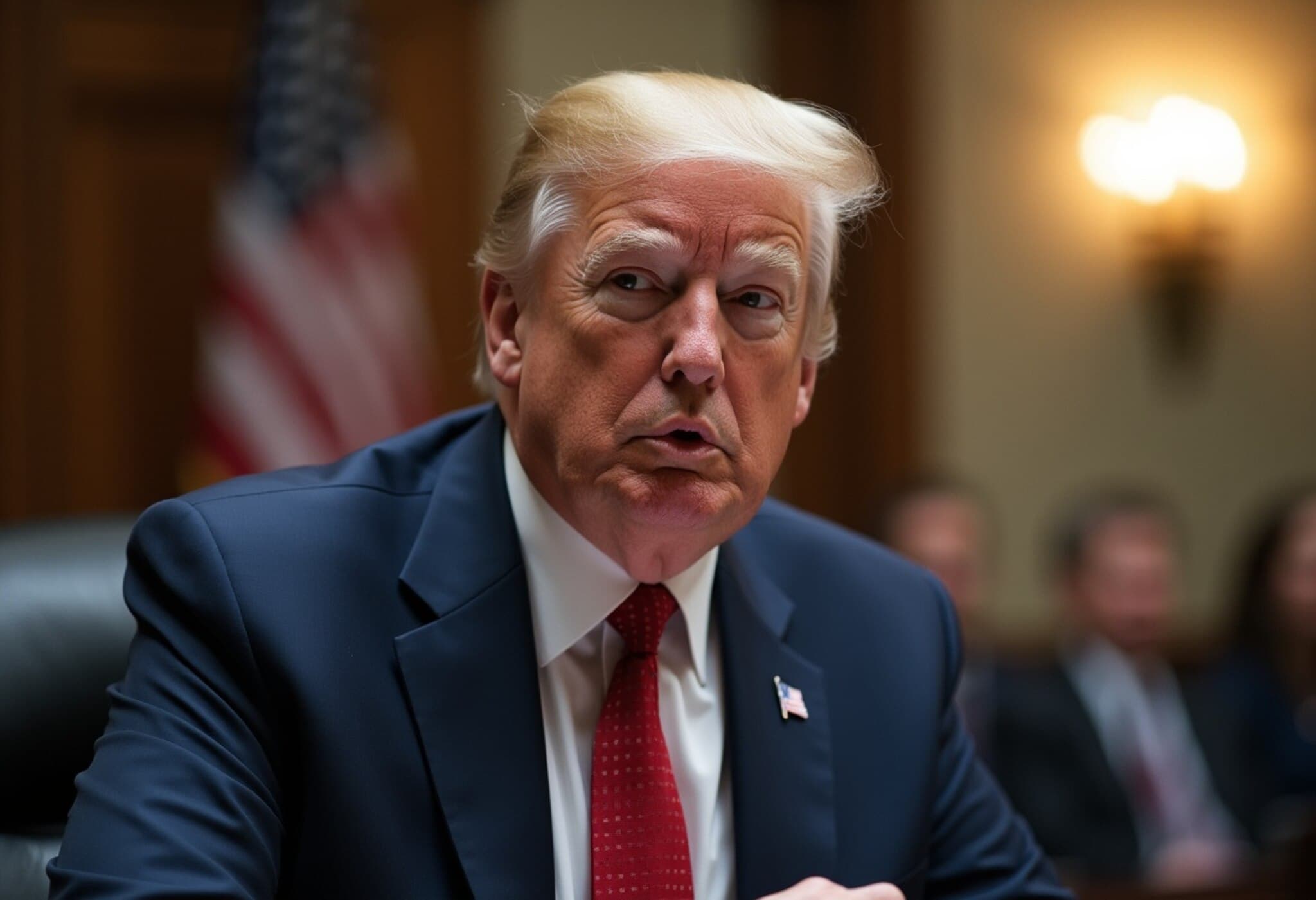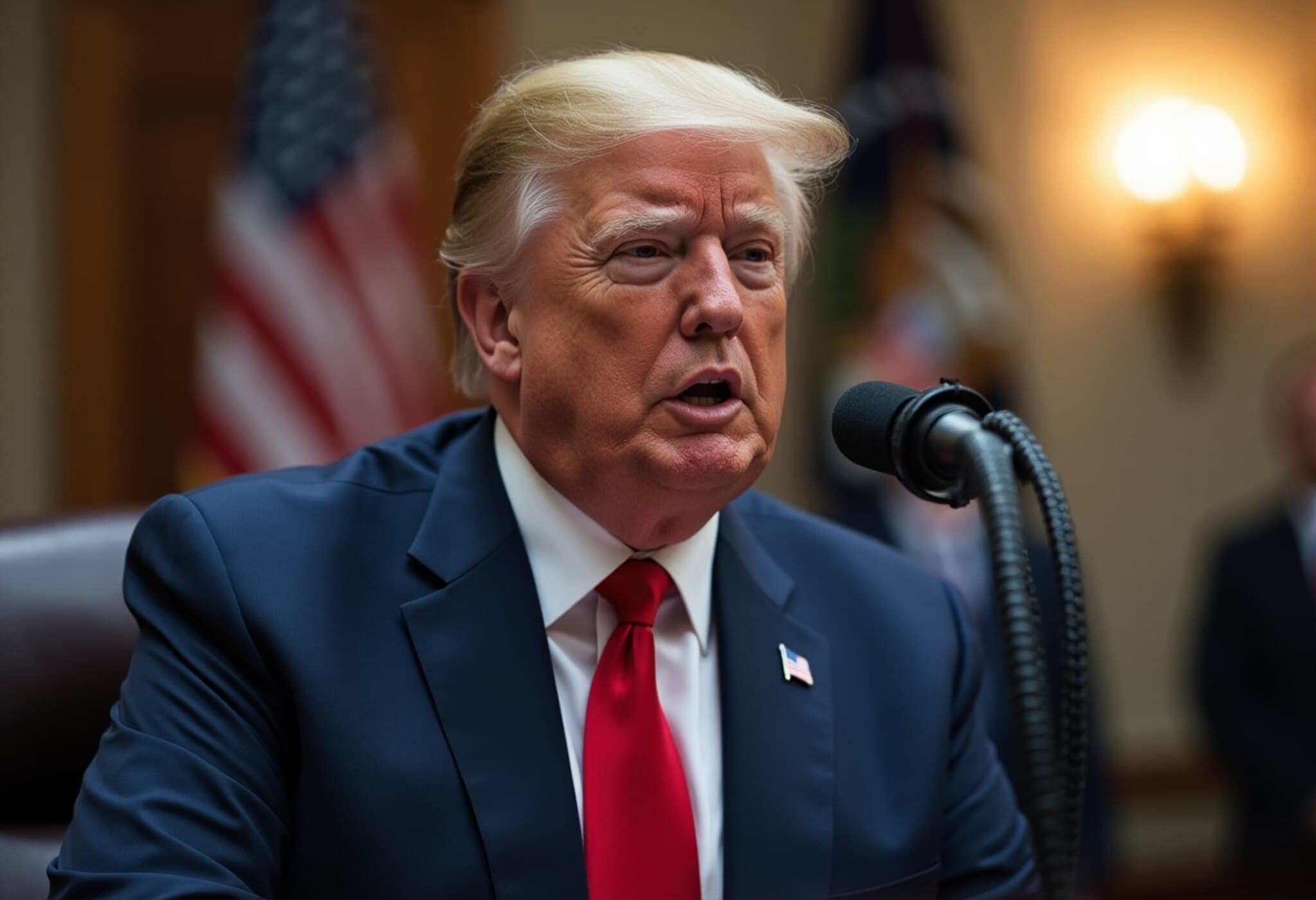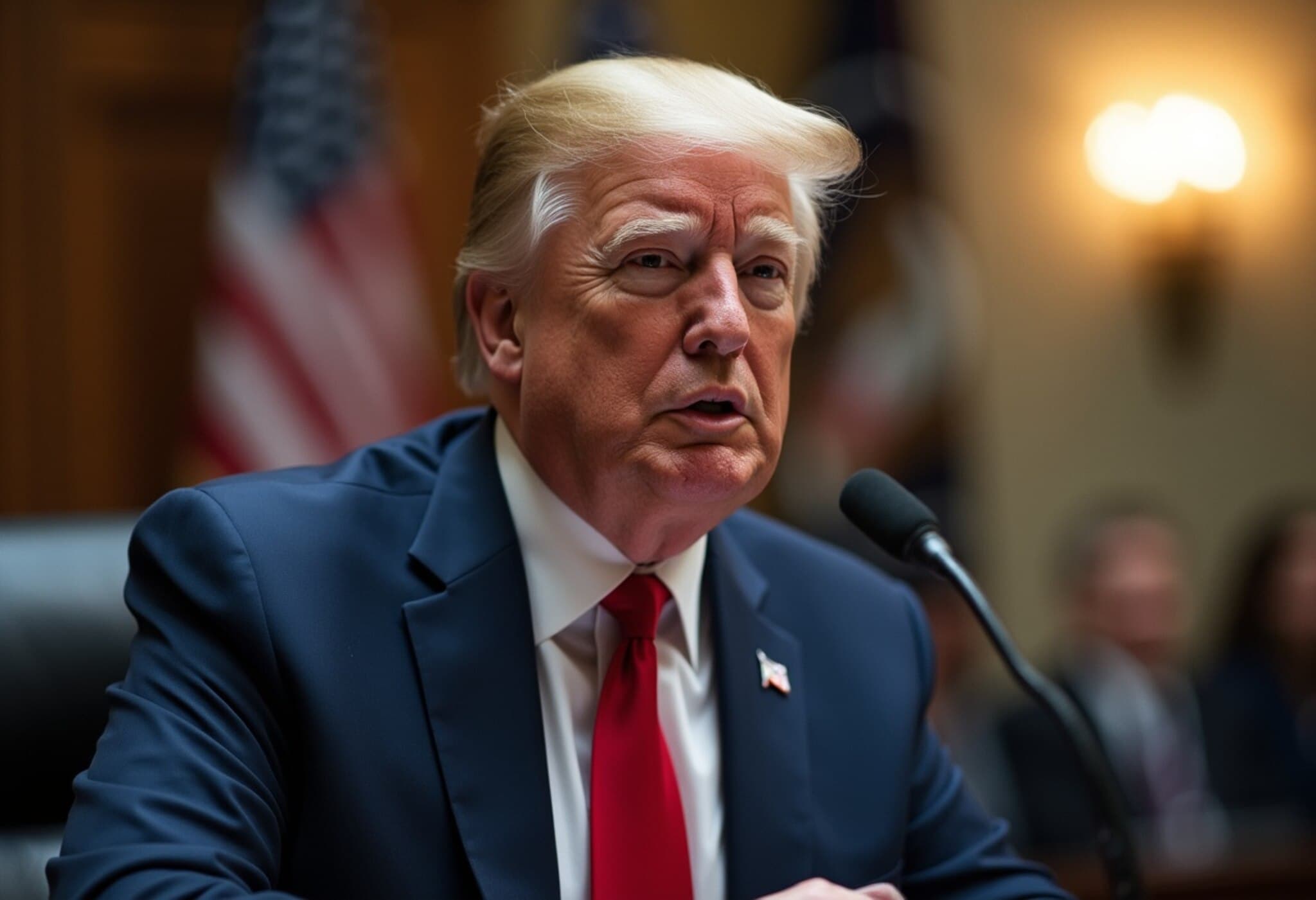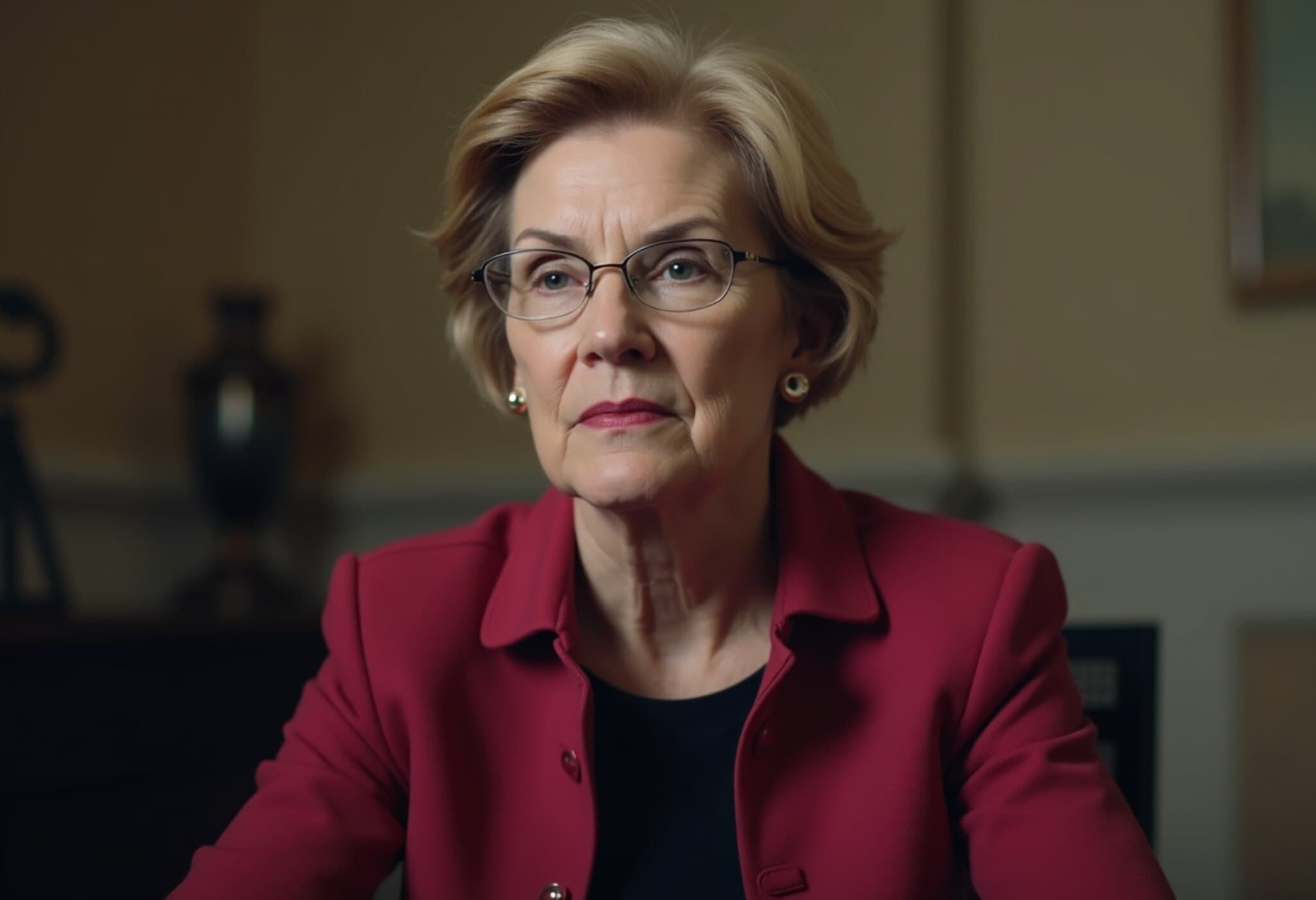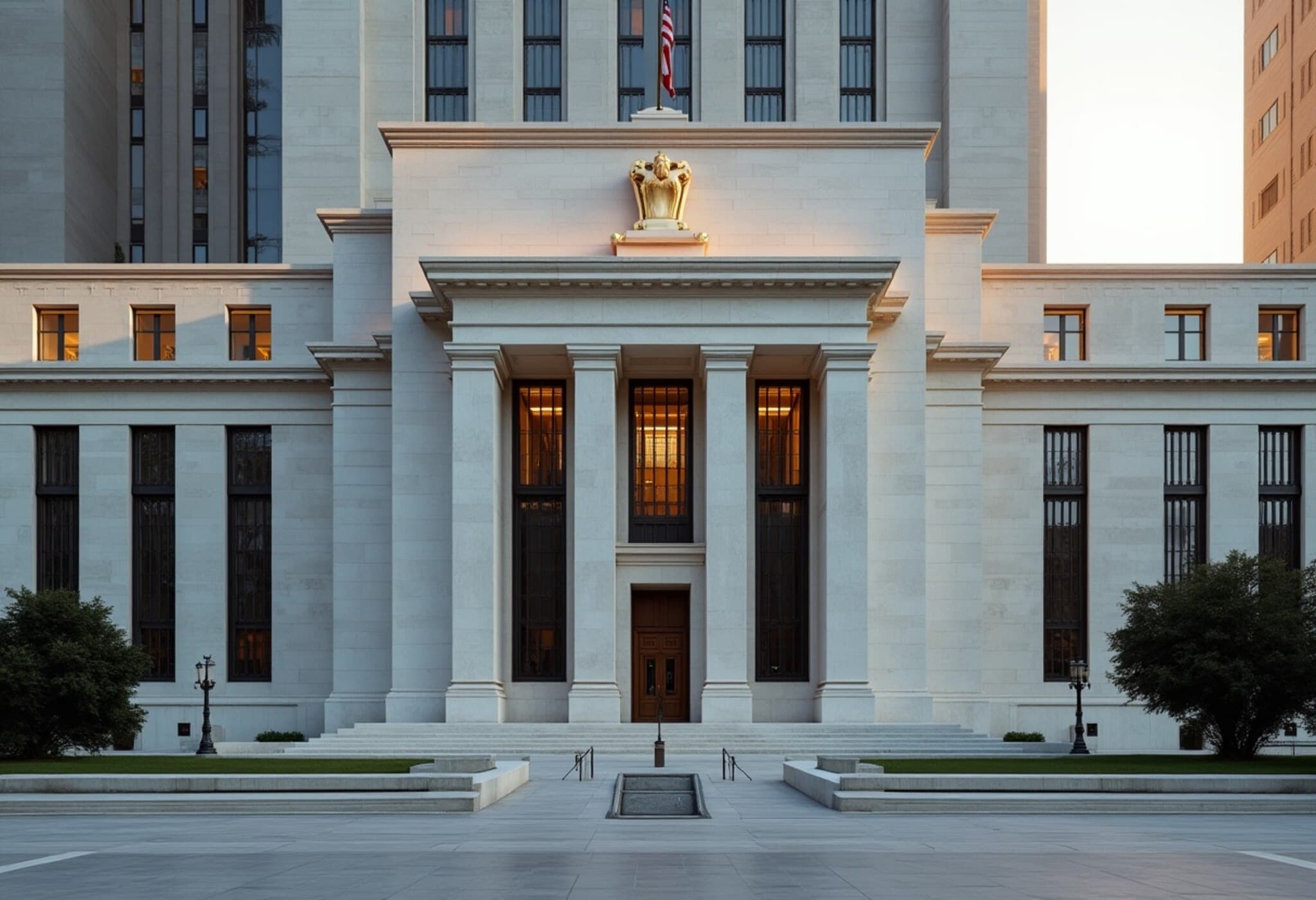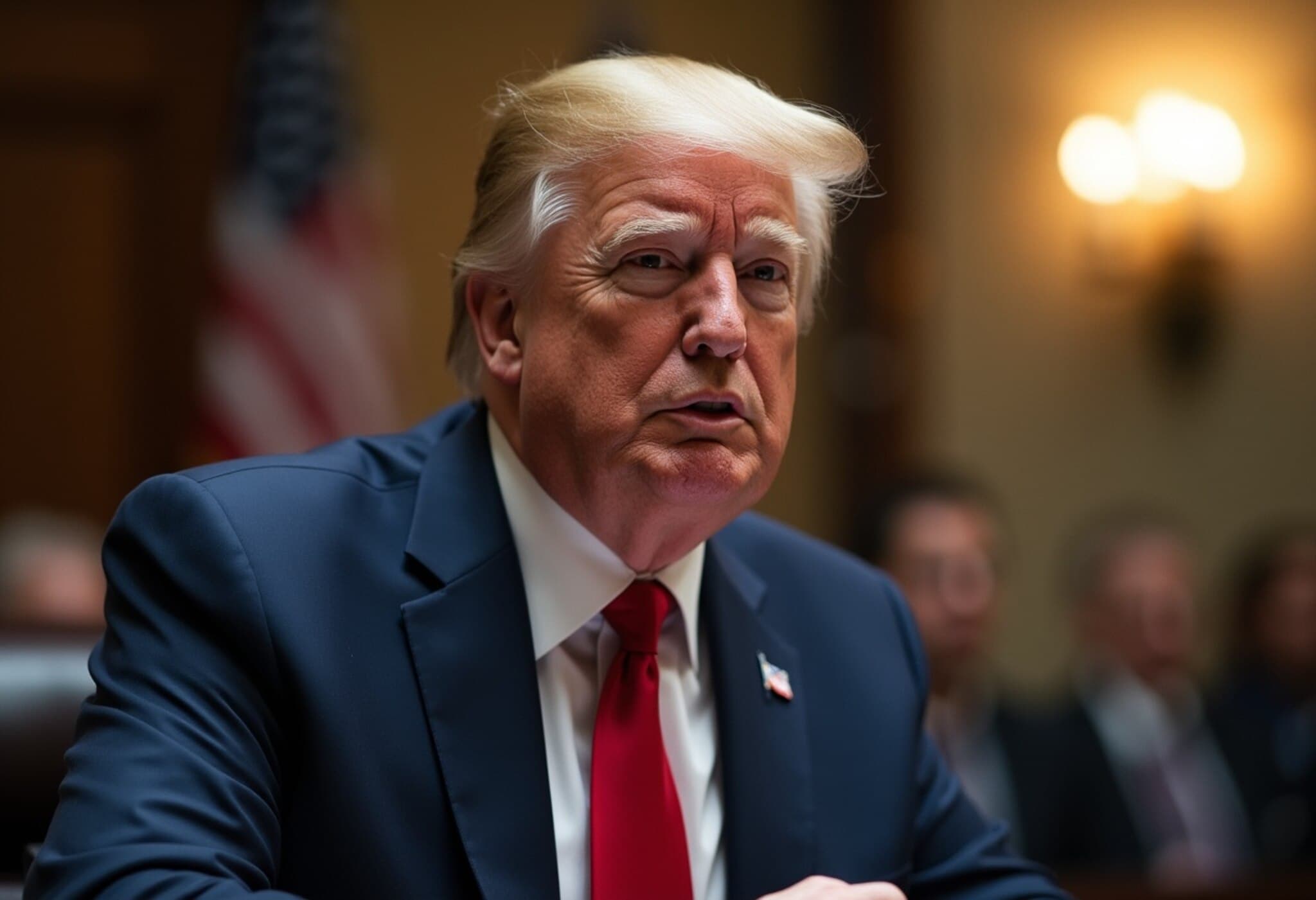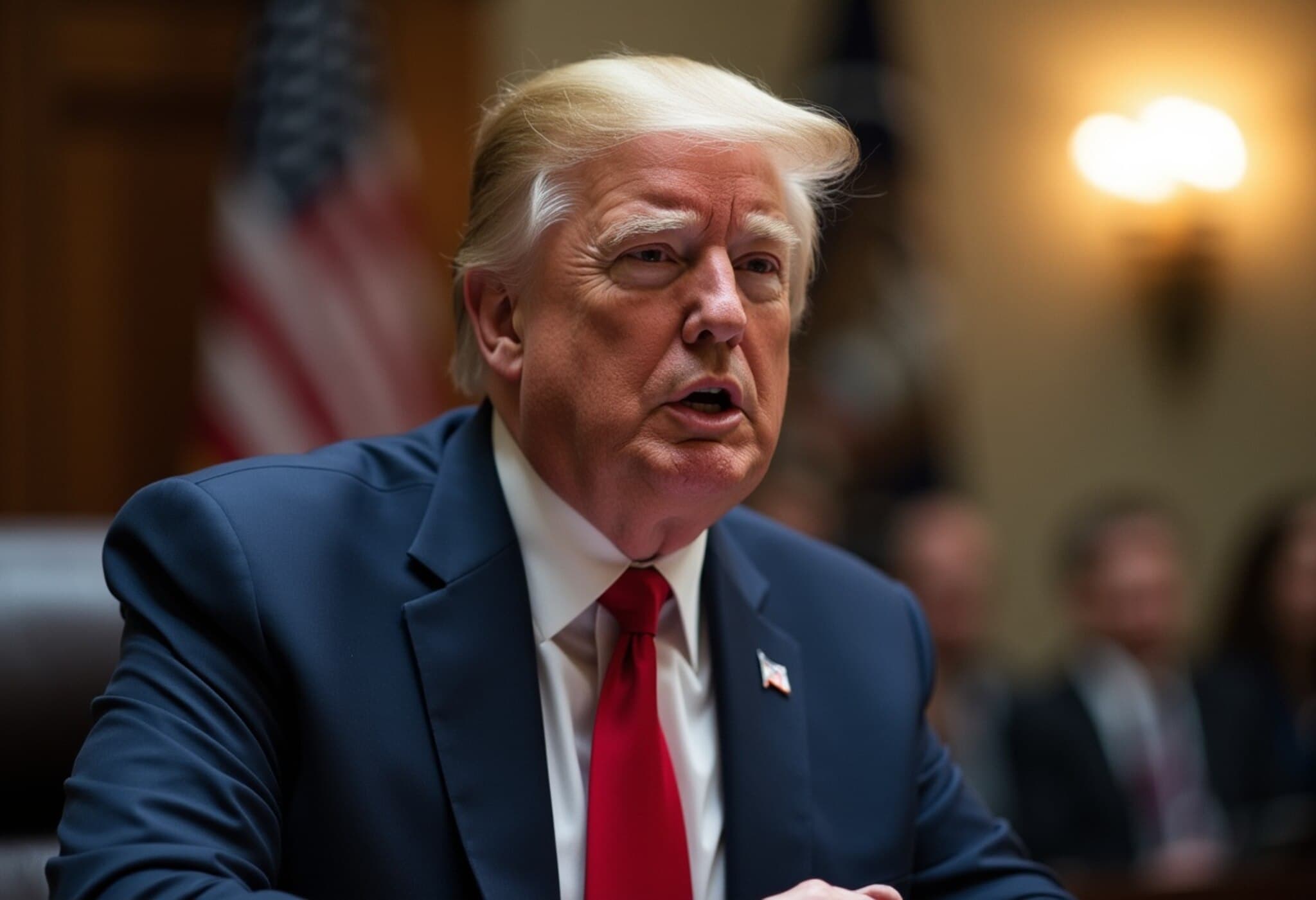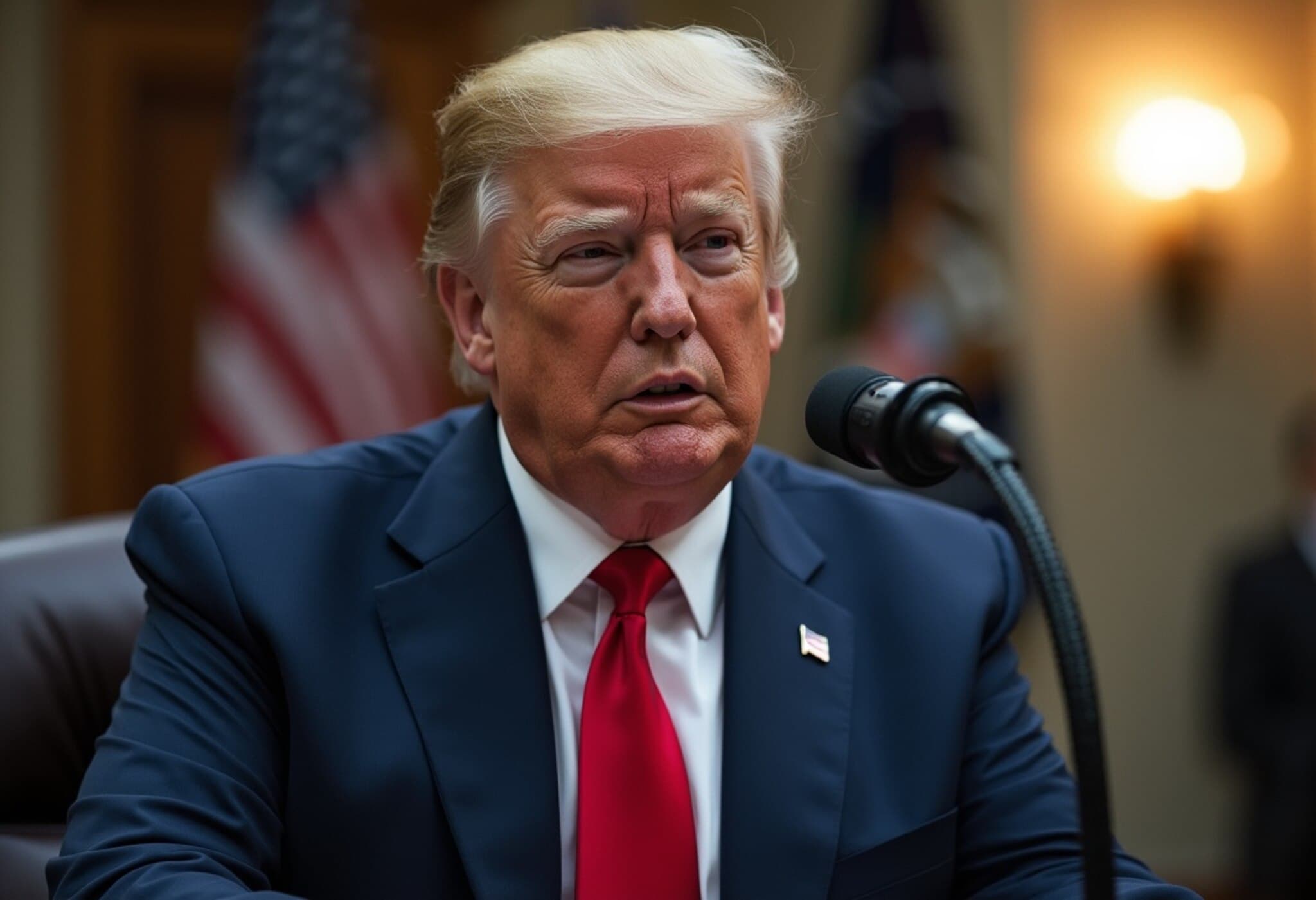Trump Urges Federal Reserve Board to Take Control from Chair Jerome Powell
In a sharp escalation of tensions surrounding U.S. monetary policy, former President Donald Trump publicly called for the Federal Reserve's Board of Governors to assume full control of the central bank, effectively sidelining Fed Chair Jerome Powell. Trump’s criticisms, voiced through his Truth Social platform on August 2, 2025, target Powell’s reluctance to cut short-term interest rates, a move Trump argues is critical for sustaining economic growth.
Persistent Criticism of Fed Chair Jerome Powell
Trump described Powell as “stubborn,” continuing months of verbal attacks that highlight deep differences over the trajectory of U.S. monetary policy. Powell, who oversees the Fed’s dual mandate of price stability and maximizing employment, has maintained benchmark interest rates after a sustained period of hikes—asserting that a careful assessment of the economic fallout from Trump’s trade tariffs is necessary before adjusting rates further.
Fed Governors in the Middle: Waller and Bowman
Within the Fed’s seven-member board, opinions diverge. Governors Christopher Waller and Michelle Bowman, both appointed by Trump himself, issued public dissent following Wednesday’s Fed meeting. They argued the tariffs likely caused a one-time price increase, and noted the job market’s probable softening, advocating for modest rate cuts—a position more accommodative than Powell but less aggressive than Trump’s demands.
Trump's Call for Powell’s Resignation
On the same day, the Fed announced Governor Adriana Kugler would step down next week. Trump seized this development to call for Powell's resignation, accusing him of mishandling interest rate policy and claiming that economic indicators justify a drastic change.
Economic Context: Job Growth and Inflation Concerns
The backdrop to this turmoil is a slowing labor market, as the July 2025 jobs report revealed a mere 73,000 new jobs added—significantly lower than projections—with downward revisions to prior months underscoring this deceleration.
Trump argues that cutting interest rates by as much as three percentage points—from the current average of 4.33%—would invigorate economic growth and reduce debt servicing costs for both the federal government and homeowners. However, this stance contrasts with the Fed’s caution, given that inflation, measured by the Fed's preferred gauge, remains at an annualized 2.6%, slightly above the 2% target. Aggressive rate cuts risk inflating monetary supply beyond what the economy can absorb, potentially reigniting inflationary pressures.
Legal and Political Stakes
Adding complexity, the Supreme Court indicated in May 2025 that Powell cannot be removed solely for policy disagreements, curbing Trump’s leverage over Fed leadership. Subsequently, the White House has probed alternative grounds for removal, including alleged financial mismanagement related to a $2.5 billion Fed building renovation, though these claims have yet to yield action.
Powell’s term as chair is set to expire in May 2026, at which point the sitting president can nominate a successor, pending Senate confirmation.
Expert Insight
Monetary policy experts emphasize that while political pressure on the Fed is nothing new, the intense public calls for board intervention mark an unusual challenge to the institution’s independence. The Fed’s credibility hinges on its perceived insulation from political winds, aiming to balance inflation control with sustainable growth.
Furthermore, the debate spotlights the delicate interplay between fiscal policy (including tariffs and federal debt) and monetary decisions. Economists caution that abrupt policy shifts can unsettle markets, underscoring the importance of measured, data-driven Fed actions.
Looking Ahead
- Will the Fed’s Board respond to Trump’s call? Given the Supreme Court ruling, political avenues to remove Powell appear limited.
- How will the labor market and inflation trends evolve? July’s soft job growth signals potential headwinds.
- What impact might Fed leadership changes have on confidence in U.S. economic policy?
Editor’s Note
The ongoing dispute between a former president and the Federal Reserve highlights broader tensions in U.S. economic governance. As debates over interest rates and economic strategy intensify, Americans watch closely—not merely for policy outcomes but for indications of how political pressures might reshape the institutions designed to safeguard economic stability. This episode serves as a poignant reminder that independence in central banking remains a cornerstone of robust economic health, even amidst partisan fervor.

